See Jupiter with Telescope: Type, Observation
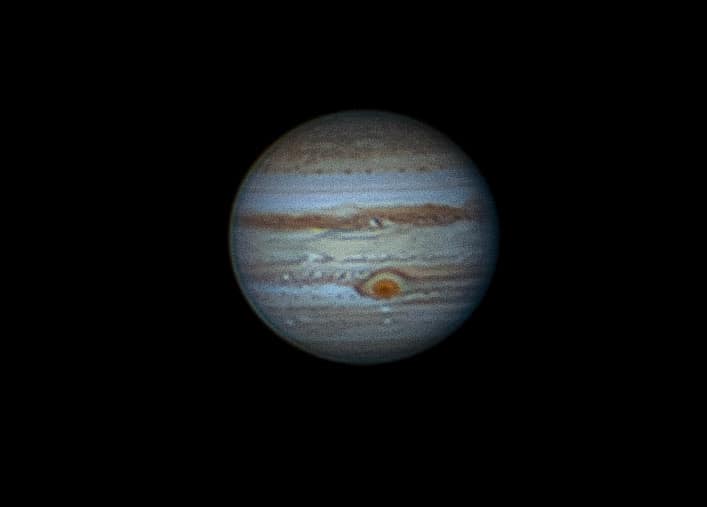
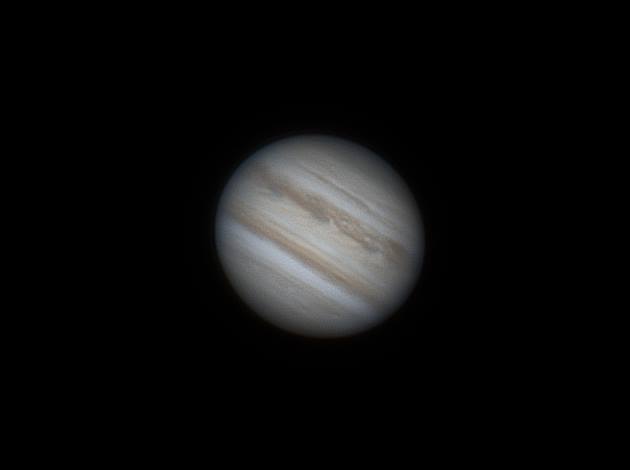
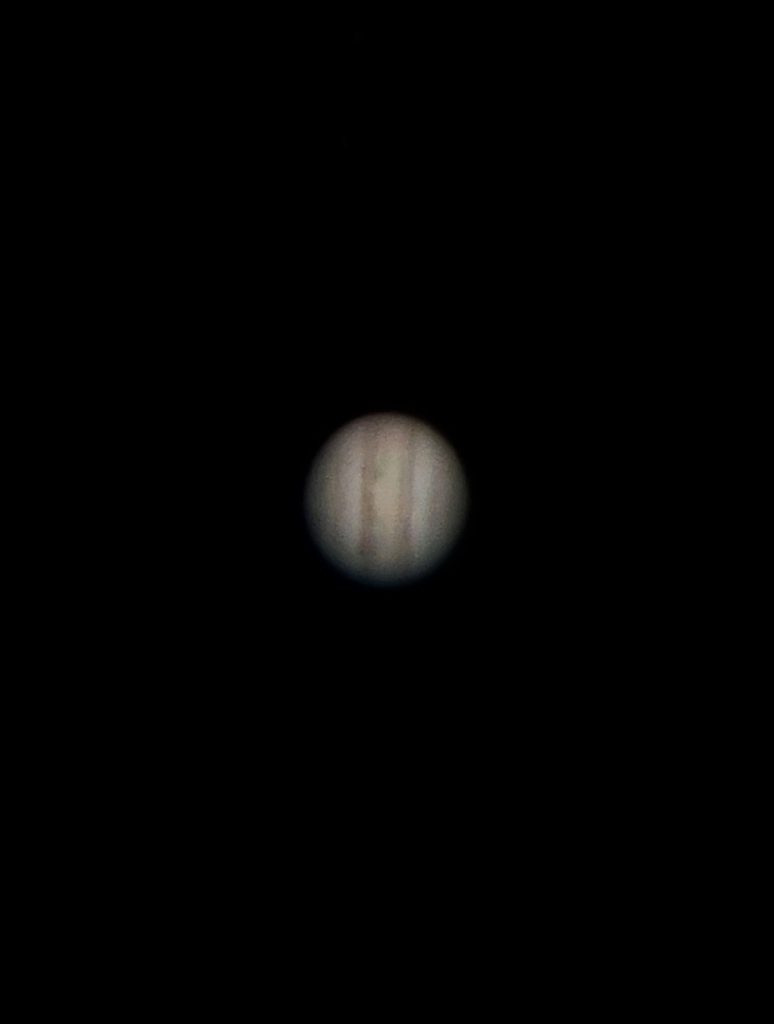
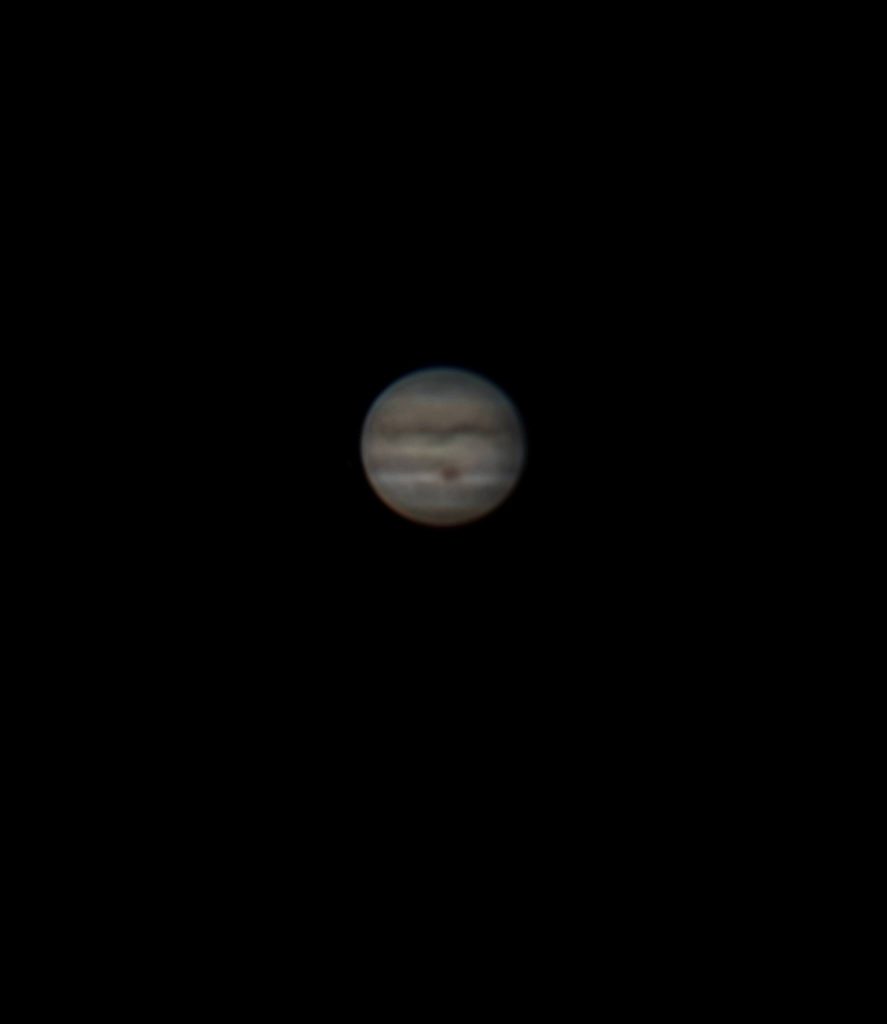
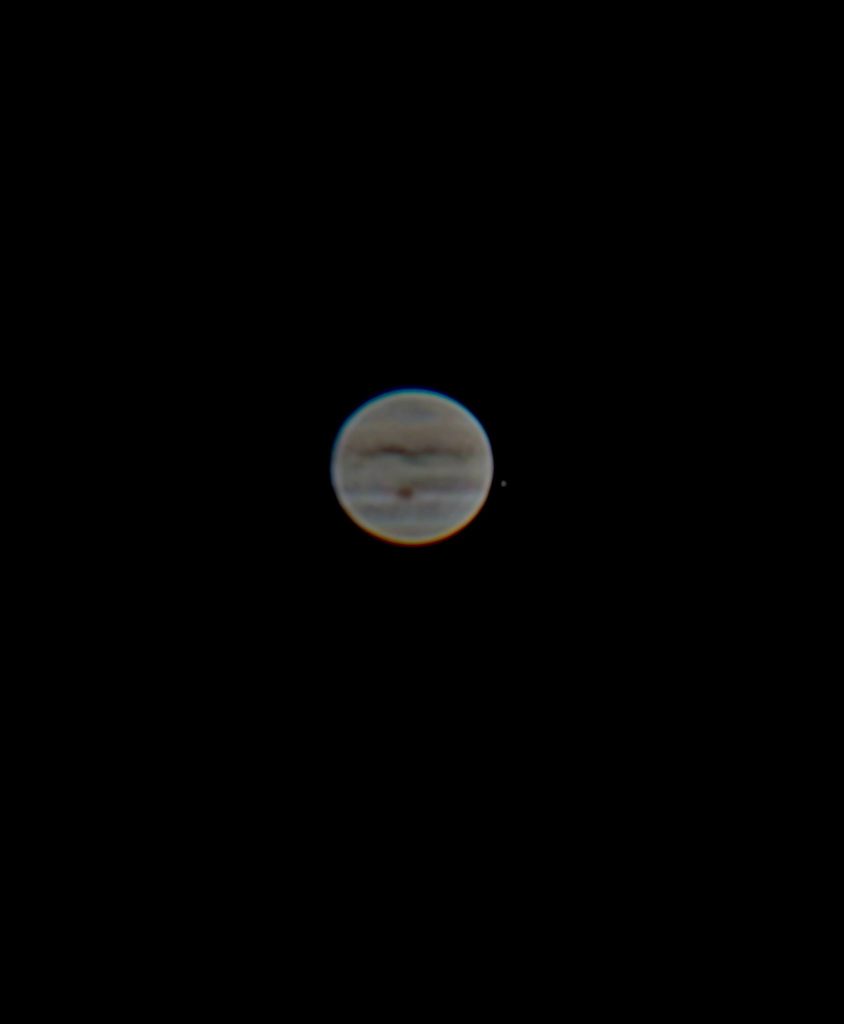
Jupiter is visible from Earth with the naked eye as a steady, non-twinkling cream-colored star. A telescope reveals the planet’s dark bands and atmospheric structure. Binoculars are enough to spot Jupiter, yet a small telescope brings it into perfect position for viewing.

What kind of telescope do you need to see Jupiter?
A telescope with an aperture of 6 inches (15.24 cm) or more is needed to see Jupiter. A 6-inch telescope will show Jupiter’s temperate belts and zones, along with the brownish hues of the largest belts. It will reveal polar shading and the subtle contrasts between adjacent bands. Celestron NexStar 6SE is fitting for visual observations of Jupiter, combining adequate aperture with convenient tracking.
A 3-inch telescope will reveal Jupiter’s two main equatorial belts and the polar shading. A pair of binoculars will reveal Jupiter and its four largest Moons, making the planet accessible to beginners. Very large telescopes (12” or more) can glimpse very subtle surface features on Jupiter’s satellites under steady skies.

How to see Jupiter with a telescope?
To see Jupiter with a telescope, step outside on a cloudless night after giving the instrument 20-30 minutes to cool to ambient temperature, then start with a low-magnification, long-focal-length eyepiece to find and center the bright, steady beacon that dominates the winter sky. Once centered, nudge the magnification upward slowly, stopping at the setting that keeps the image crisp and contrasty. The best time to sight Jupiter is when it stands fairly high above the horizon, an alignment that repeats every 13 months and reaches optimum on 7 December 2024 when opposition places the planet closest to Earth. At the eyepiece you first resolve the planet’s creamy disc fringed by ice-crystal clouds of ammonia and ammonium hydrosulfide, then pick out the parallel tan and rust belts that girdle the globe. With the same boost in power the four Galilean moons – pinpoint sparkles in a line – slide night-to-night around the disc, letting you trace orbital motion against the fixed stars. A red filter brings out details along Jupiter’s equator and sharpens contrast in the major belts.
Can you see Jupiter without a telescope?
Yes, you can see Jupiter without a telescope. Jupiter is a naked-eye planet, allowing anyone to see it without the use of specialized equipment Jupiter is one of the brightest objects in the night sky with a brilliance more than twice as bright as Sirius, the brightest star. From early October to late November Jupiter dominates our night sky, yet it is visible all year long. Jupiter can be viewed through binoculars or a phone camera.

Can you see Jupiter’s moons without a telescope?
Jupiter’s Galilean moons are barely bright enough to be seen with the naked eye. The main difficulty in observing the moons from Earth is their proximity to Jupiter, since they are obscured by its brightness.
Under very dark skies, it is possible to see one or two of these moons with the naked eye, but it is challenging. The moons look like tiny starlike pinpricks of light.
A good pair of binoculars can be used to see the four largest moons. When magnified at 150x or higher, Jupiter’s 4 largest moons lose their starlike appearance.
